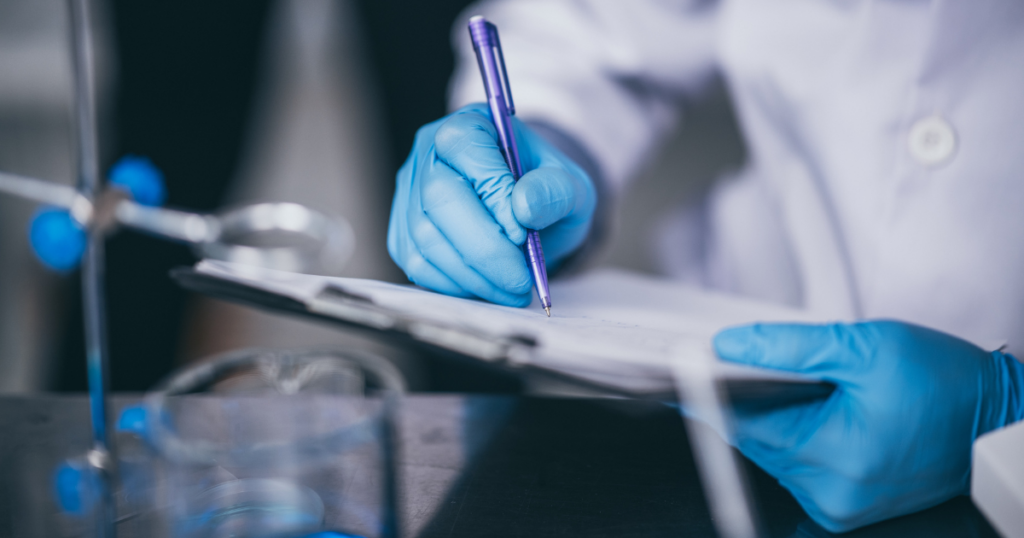Working with peptides, whether for research, therapeutic, or cosmetic purposes, involves meticulous preparation to ensure the highest degree of effectiveness and safety. Peptides typically come in lyophilized (freeze-dried) form inside vials, and they must be reconstituted with the appropriate solvents before use. This blog outlines the essential materials and steps needed to properly inject a vial of peptides, and where to buy peptide materials.
Materials Needed
1. Peptides in Lyophilized Form
- You will start with your peptide in a freeze-dried form, contained within a sterile vial. Store the peptide according to the manufacturer’s specifications, usually in a cool, dry place away from direct sunlight.
- We recommend: Direct Health Shop

2. Bacteriostatic Water or Sterile Water
- This is used to reconstitute the peptide. Bacteriostatic water is preferred because it contains 0.9% benzyl alcohol, which inhibits the growth of potentially contaminating bacteria, allowing for repeated use from the same vial for up to 28 days once opened.
- We recommend: Quality Pure Reconstitution Solution
3. Alcohol Swabs
- To ensure sterility, use alcohol swabs to wipe the vial tops before and after adding the solvent and before each withdrawal of the solution.
- We recommend: Alcohol Prep Pads
4. Syringes and Needles
- Mixing Syringe: Typically, a 1ml to 5ml syringe depending on the total volume of the solvent needed for reconstitution.
- We recommend: 3 ml Syringe
- Injection Syringe: Insulin syringes (usually 1ml) with integrated needles (often 29 to 31 gauge) are ideal for subcutaneous injections, which are common for peptide applications.
- We recommend: 1 ml Syringe
5. Gloves
- To maintain a sterile environment, wear gloves during the preparation process.
- We recommend: Latex-Free Gloves
Conclusion
Proper preparation of peptides from vials is crucial to maintain their integrity and effectiveness. Using the right type of water, maintaining sterility, and handling with care are all key aspects that will help maximize the benefits of peptides. Always consult with a professional or refer to specific protocols related to your peptides’ purposes for best practices on reconstitution and administration.




